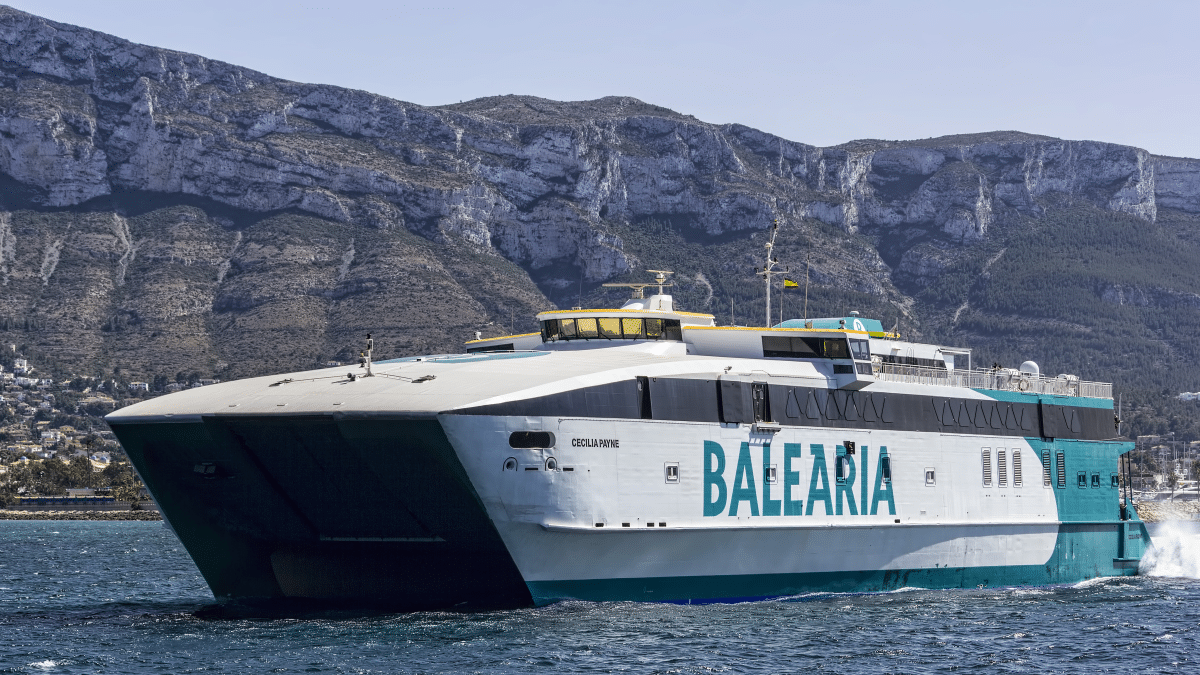Riviera – News Content Hub

In 2025, ship operators will be faced with a European super emissions control area (ECA) created by the combination of the newly established Mediterranean SOx ECA and the existing ones in the North Sea and Baltic Sea. As a result of these three ECAs, ships sailing in most European waters will be required to switch from burning high-sulphur fuel oil to low-sulphur fuel (LSFO), starting 1 May 2025.
Created by amendments to Marpol Annex VI, adopted at IMO’s 79th session of the Marine Environment Protection Committee (MEPC 79) in December 2022, the new Mediterranean Sea ECA was established to control sulphur oxides (SOx) and particulate matter (PM) on one of the world’s busiest maritime trade routes. It is estimated that 24% of the global fleet of ships and more than 17% of cruises worldwide (and about 200M passengers) sailed in Mediterranean waters in 2019, according to the Mediterranean Action Plan of the United Nations Environment Programme (UNEP/MAP).
Ships operating in the Med SOx ECA will be required to burn fuel oil with sulphur content of 0.10% (as compared with 0.50% sulphur outside the ECA) or use an exhaust gas cleaning system once they sail through the Suez Canal, transit the Straits of Gibraltar, or pass through the Bosporus Strait. Ships equipped with LNG dual-fuel propulsion will comply if they burn natural gas when operating in the ECA.
The establishment of the Med SOx ECA will result in a 78.7% drop in SOx emissions, lower PM emissions by 23.7% and cut 8.5M tonnes of SOx emissions annually, according to UNEP/MAP.
“The Med SOx ECA will result in a 78.7% drop in SOx emissions”
Studies by UNEP/MAP indicate the tighter emissions regulations will be a major benefit to aquatic life through reduced acidification, and human health, preventing 1,100 premature deaths and 2,300 cases of childhood asthma every year.
The Med SOx will be the fifth ECA established globally, with the next wave of ECAs hard on its heels. IMO will soon receive formal applications to create ECAs for the Canadian Arctic, the Northeast Atlantic Ocean and the Norwegian coast not previously covered.
Proposals for the Canadian Arctic ECA and Northeast Atlantic Ocean ECA are expected to be submitted at MEPC 81 in April 2024. The new Canadian Arctic ECA is being proposed in part to address longstanding concerns of black carbon emissions in the Arctic.
If approved, adoption of the Canadian Arctic ECA under Marpol Annex VI could take place in the spring of 2025, with entry into force as soon as winter of 2027, according to class society ABS.
Meanwhile, the Northeast Atlantic Ocean ECA could potentially link the existing ECAs in the Baltic Sea, North Sea and English Channel with the recently adopted Mediterranean Sea SOx ECA. “This would also align with the designation of additional ECAs in the area by Norway, bringing consistent and uniform regulation across these sea areas of high traffic density,” said ABS. A technical and feasibility study is underway to address requirements and criteria, set out in Appendix III of Marpol Annex VI. Depending on the outcome of this process, a joint proposal for the designation of an ECA in the Northeast Atlantic Ocean could be submitted to MEPC 81.
